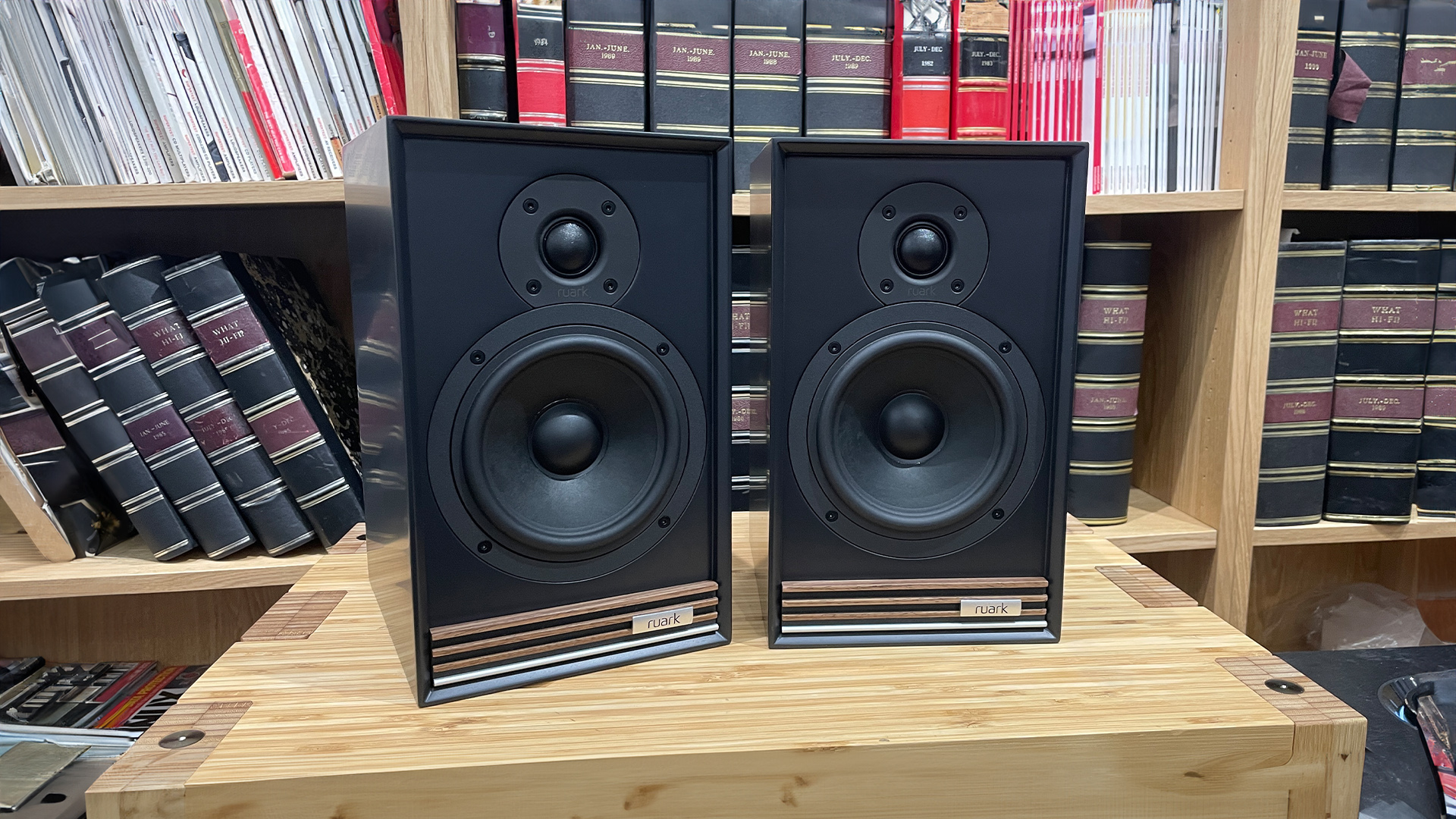What Hi-Fi? Verdict
Ruark’s compact speakers have a wonderful way with voices and convey the core essence of a song with great proficiency; they aren’t all-rounders, but their presentation is likeable and charming
Pros
- +
Excellent midrange quality
- +
Voices are subtle and emotive
- +
Agile, fluid presentation
- +
Cohesive and musical performance
- +
Great integration between drivers
Cons
- -
Bass is soft and doesn’t go too deep
- -
(Bigger) rivals offer greater clarity and larger-scale dynamics
Why you can trust What Hi-Fi?
Ruark Audio has, in the past two decades, become well known for its stylish, great-sounding internet radios, powered speakers and one-box wireless music systems. The brand’s history, however, harks back to the mid 1980s, with the launch of its very first stereo speaker, the Sabre.
40 years after that first passive speaker – and 20 years since the Essex-based brand last made a pair of passive speakers – it has gone back to its origins with the new Ruark Sabre-R, a two-way, compact standmounter.
Is Ruark’s re-entry to the passive speaker market a success? Let’s find out.
Price
The Ruark Sabre-R costs £699 / $899 / AU$1499 per pair, and we’re not short of strong rivals in this midrange price bracket. Our favourite at this price is the multiple Award-winning Bowers & Wilkins 606 S3, which can be yours for a very similar £699 / $1100 / AU$1499.
The 606 S3 are our main price comparison here, then, but we also have a new pair of Acoustic Energy AE300 MkII standmounters at hand that we are currently testing, also at a similar price of £649 / $1099 / AU$1580 per pair.
Build & design

Ruark’s Sabre-R speakers are smart-looking speakers, and nicely made. From the cabinet to the fabric grilles, the overall fit and finish is neat, of good quality and well designed.
We like the detail of the wooden slats on the front of the speaker – a design element borrowed from Ruark’s excellent five-star R1S smart radio and R410 all-in-one system. It’s an understated but elegant effect in our review sample’s charcoal (black) lacquer finish; there is a walnut veneer finish if you prefer to lean into the all-wood effect.
The latest hi-fi, home cinema and tech news, reviews, buying advice and deals, direct to your inbox.
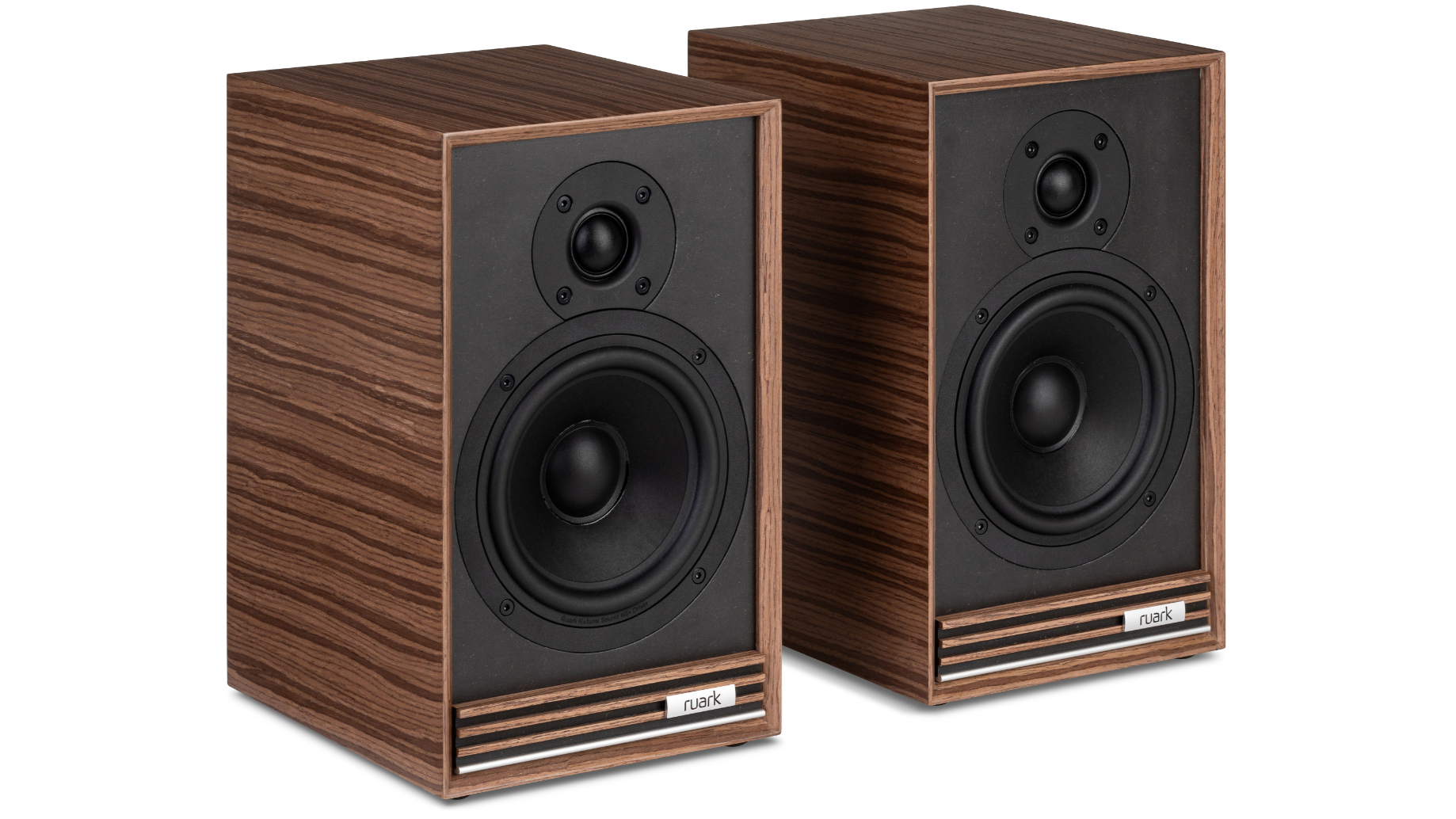
Type Standmounters
Drive units 26mm silk dome tweeter, 15cm natural fibre mid/bass driver
Ported? Yes (rear)
Bi-wire? Yes
Impedance 6 ohms
Sensitivity 86dB
Dimensions (hwd) 29 x 17.5 x 21.5cm
Weight 5kg (each)
Finishes x 2 (fused walnut veneer, satin charcoal lacquer)
The speakers are on the compact side – measuring 29 x 17.5 x 21.5cm – and are ideally suited to smaller and medium-sized rooms.
The Sabre-R are designed to be used with Ruark’s R610 streaming amplifier as a complete system, but they can stand on their own as well.
The Sabre-R standmounters are a two-way design, with a 26mm silk-dome tweeter and 15cm mid/bass long-throw driver that has a treated paper cone.
You’ll find a reflex port at the rear of the speakers, along with bi-wire speaker terminals.
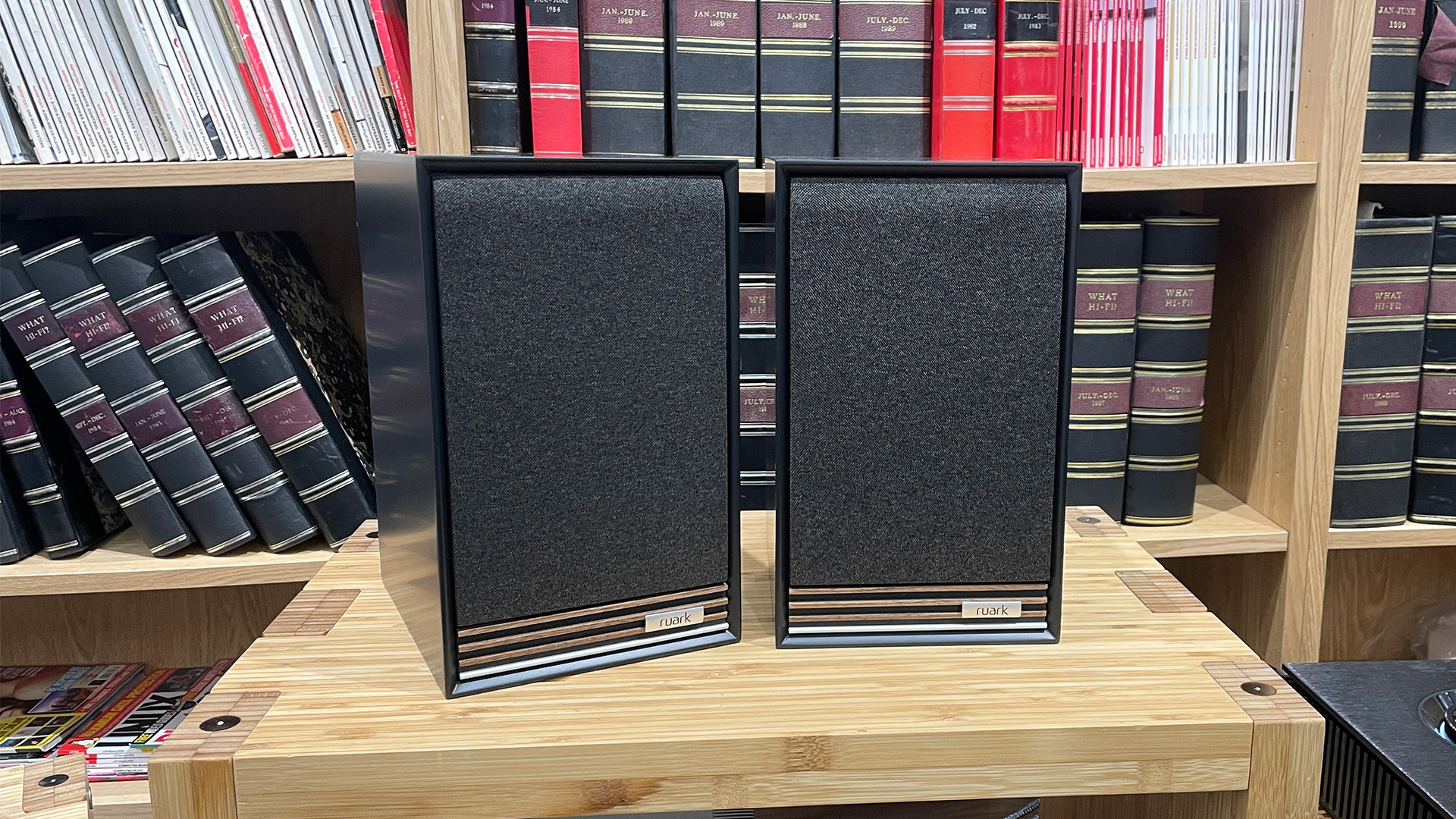
The cabinet is braced and damped, and Ruark says it has spent hours carefully tuning the cabinet to the drivers, as well as the crossovers inside to ensure the best performance.
We rather like how the magnetic grilles are inlaid into the cabinet when placed on the speakers; it’s a nice touch. Ruark recommends keeping the grilles off if you want greater openness, and we agree – the sound is clearer and more open with the grilles off. However, it doesn’t spoil the speakers’ overall performance if you prefer to keep them on.
Compatibility

The speakers, especially when paired with their matching R610 streaming amplifier, are compact and flexible enough to be placed in various spaces, including on desks, cabinets, and other furniture.
As the Sabre-R are fairly small speakers, you might be tempted to place them inside a bookshelf or in a corner. However, we would give them a little breathing space for the best results.
Take care not to shove them into a corner, as you’ll lose some of the Sabre-R’s openness and liveliness. We recommend placing them on dedicated speaker stands, if possible, and positioning them at least 20cm into the room to get the most even balance.
During testing, we power the Ruark Sabre-R with our reference Naim Nait XS 3 integrated amplifier. We also use the Arcam A5 and Rega Brio Mk7 amps as more price-compatible options, with our Naim Uniti Atom HE music streamer as the source. Naturally, we also use the R610 streaming amplifier as part of our tests.
Sound
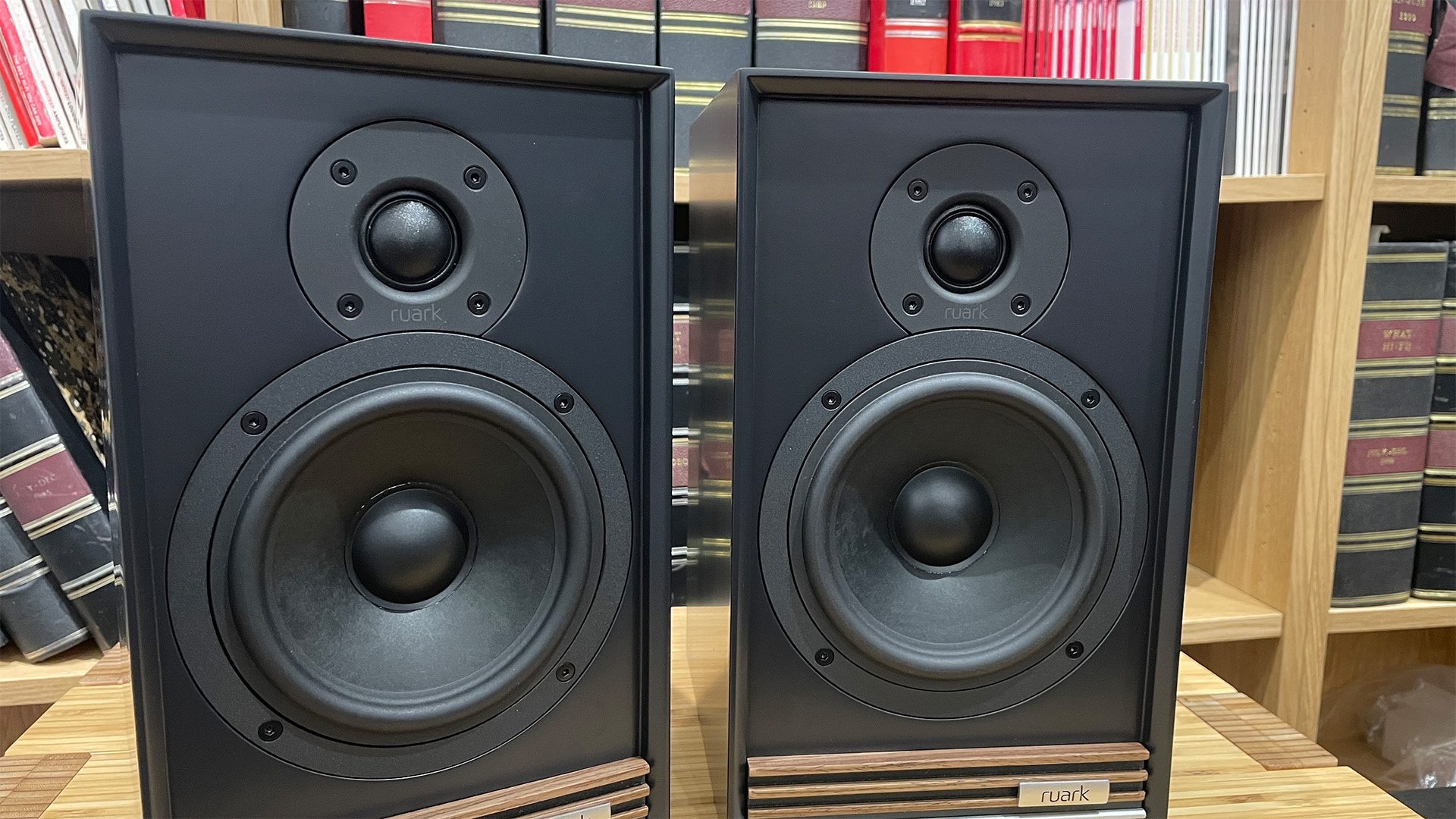
The Ruark Sabre-R speakers have a wonderfully sweet quality with voices. That midrange is the highlight here and, along with a fairly nimble and lively presentation, is what makes these speakers very appealing to listen to.
No matter what song or genre we play, from Doechii to Chaka Khan to Nick Cave to Fontaines D.C., it’s the voices that draw us in. There’s nuance and detail, but the Sabre-R do a particularly great job of communicating the tone, attitude and emotion of each artist as the words are sung.
The speakers are also detailed enough to convey the differences in recording quality and eras, but don’t make a fuss about them.
There is decent body to the sound, especially across that talented midrange, but without things ever sounding overly warm or rich. The drivers are very well integrated, too, with the treble sounding smooth and never sticking out unduly from the rest of the frequencies.
Rhythmically, the Sabre-R are agile and zippy, and flow along with a momentum that holds our attention and keeps us entertained. Each song’s personality shines through: the Ruarks have a knack for getting across the mood and message of a song, whether it’s the achingly heartfelt and heavy tone of Sparklehorse’s Eyepennies, Doechii’s slick and playful character in Denial Is A River, or the pop-tastic upbeat energy of Charli XCX’s 1999.
There’s ample punch and a fluid quality to the overall presentation. We find ourselves listening to song after song, enjoying the Ruark’s presentation. The Sabre-Rs can be pushed to higher volumes without losing control, too, with its agile, spritely nature remaining intact and only increasing in energy and immediacy.
We’re not expecting lashings of deep bass from a speaker of this size, but we do wish the bass that is on offer here were tauter and better defined. The low-end performance is rather soft and hazy at the edges, meaning that the powerful, grippy basslines in Dr Dre’s Forgot About Dre and Massive Attack’s Paradise Circus don’t quite have the driving, snappy impact we expect to hear.
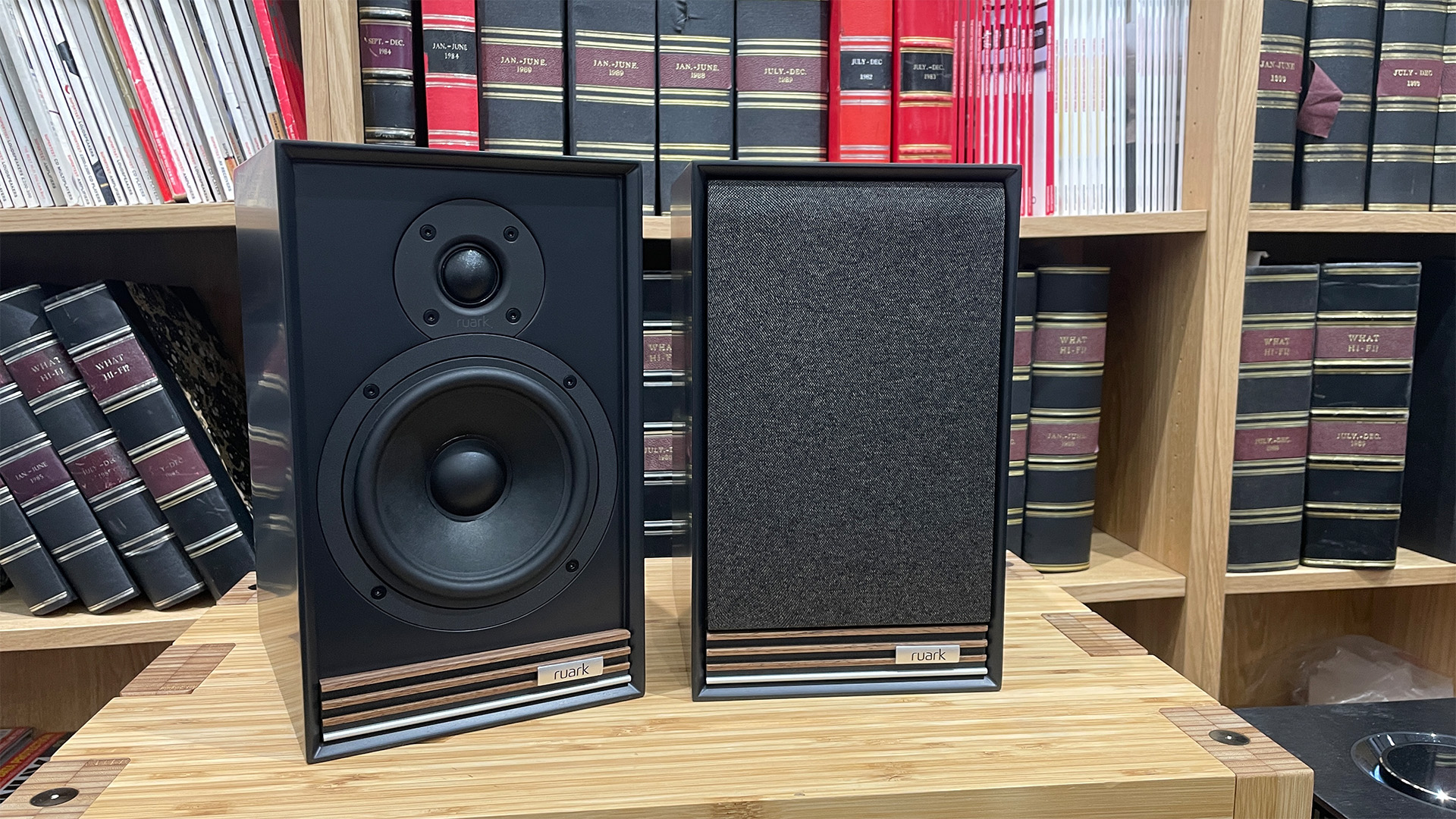
Switch to John Williams’ Theme From Jurassic Park, and we find that while the Sabre-R are subtle and dynamic with the midrange, they aren’t quite as adept with large-scale dynamics. As the string and wind instruments join in after the initial flute solo, we want to hear more of that tangible drama and weight as the orchestra swells.
We’d like to hear a bit more separation between voices and instruments in the soundstage, too. A switch to the rival B&W 606 S3 delivers a larger sense of scale and more sweeping, contrasting dynamics. The 606 S3 admittedly have considerably larger cabinets than the Ruark, but both the B&Ws and the more medium-sized Acoustic Energy speakers deliver a greater degree of clarity and detail compared with the Ruarks, too.
Despite all this, however, we still find the Sabre-R to be a pleasing, charming listen. They perhaps aren’t the best at everything – not the most precise, not the clearest, not the most detailed – but the way they knit all elements together and deliver such a musical, emotive performance is impressive, and something that even more established brands struggle to match. The way these speakers convey voices with such delicacy is something quite special.
The Ruark’s presentation won’t win everyone over, but if their specific skills appeal to what you prioritise when listening to music, especially if you have a small space to work with, they are worth an audition.
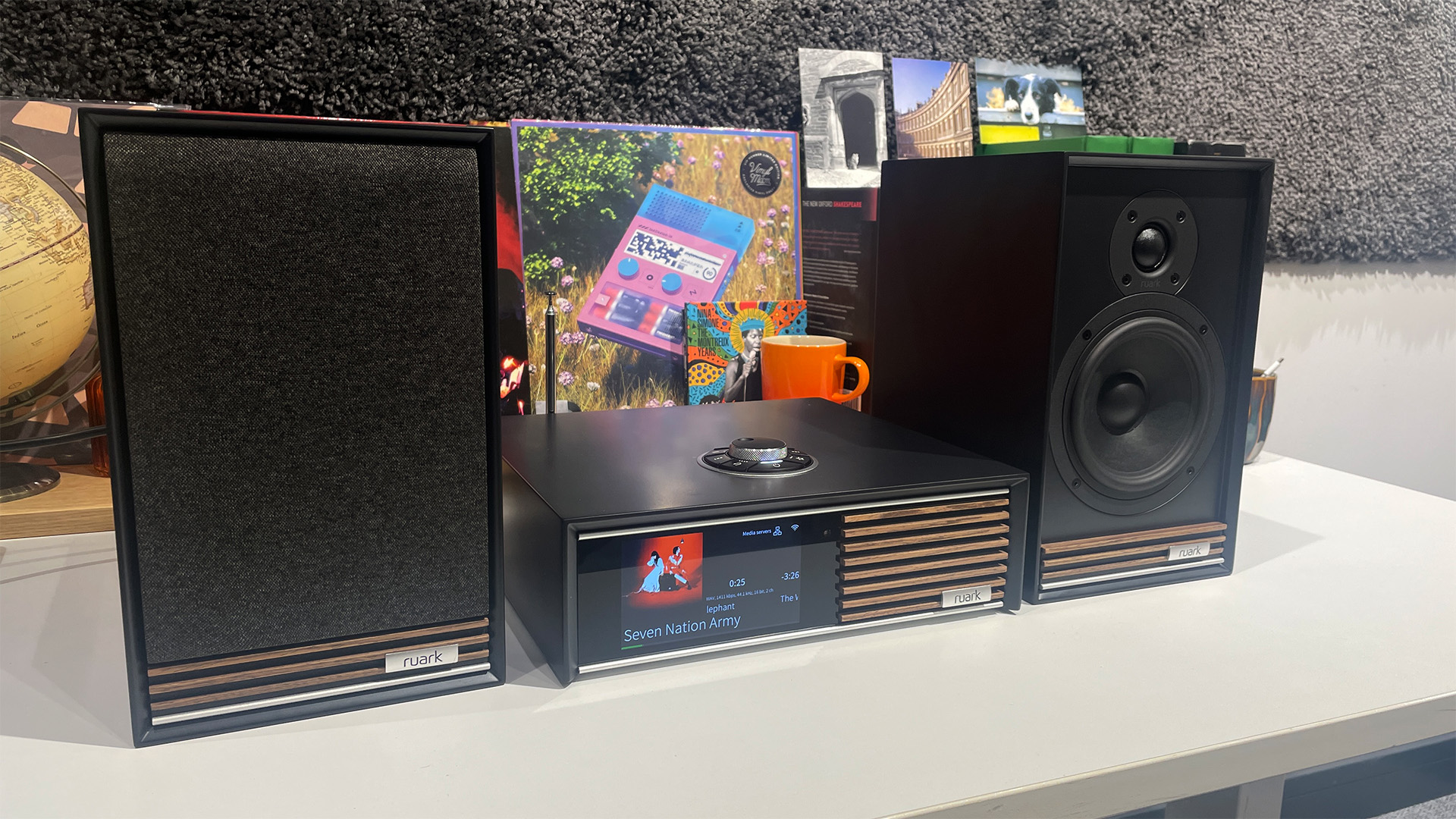
If you are considering buying the R610 streaming amplifier, then you shouldn’t look anywhere beyond the Sabre-R speakers – they are, literally, made for each other, sonically and visually.
If you do plan on using the Sabre-R on their own, however, do take some care with partnering to get the best out of them. We found them to be a little fussy when trying different amplifiers, as they need an amplifier that complements the speakers’ character well and plays to their strengths.
Arcam’s A5 integrated subdues some of the Sabre-R’s delicacy and openness; the Rega Brio Mk7’s rhythmic precision, on the other hand, is a much better match and allows the Ruarks to flaunt their talents.
Don’t be afraid to try amplifiers at higher prices, either – the Ruark speakers don’t sound outclassed by the much pricier and detailed Naim Nait XS 3 amp.
Verdict
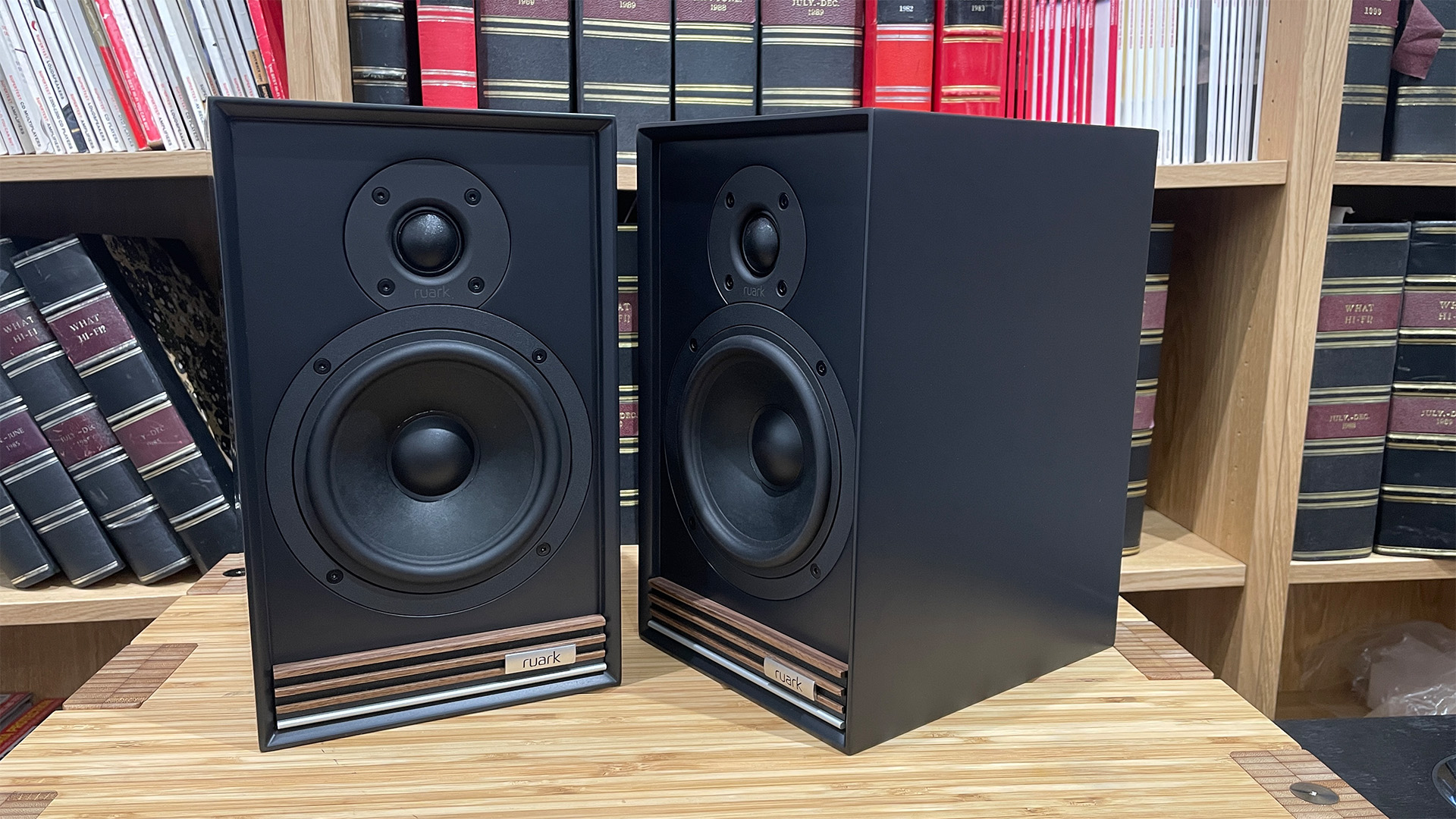
There is a terrific speaker inside the Sabre-R. They are enjoyable, very likeable speakers that have been tuned to deliver a specific presentation – one that we find charming and entertaining.
They’re not all-rounders, but if you can live with some of their drawbacks in favour of what they do really well – that beautifully talented midrange and voices, and a fluid, cohesive rhythm – you will be rewarded.
Review published: 26th June 2025
SCORES
- Sound 4
- Build 5
- Compatibility 4
MORE:
Also consider the Bowers & Wilkins 606 S3
Read the Ruark Audio R610 review
Read our first impressions of the Ruark MR1 MK3 powered speakers
Best bookshelf speakers 2025: top standmounts for every budget tested

Kashfia is the Hi-Fi and Audio Editor of What Hi-Fi? and first joined the brand 13 years ago. During her time in the consumer tech industry, she has reviewed hundreds of products (including speakers, amplifiers, turntables and headphones), been to countless trade shows across the world and fallen in love with hi-fi kit much bigger than her. In her spare time, Kash can be found tending to an ever-growing houseplant collection and shooing her cat Jolene away from spinning records.
- Ketan BharadiaTechnical Editor
You must confirm your public display name before commenting
Please logout and then login again, you will then be prompted to enter your display name.
